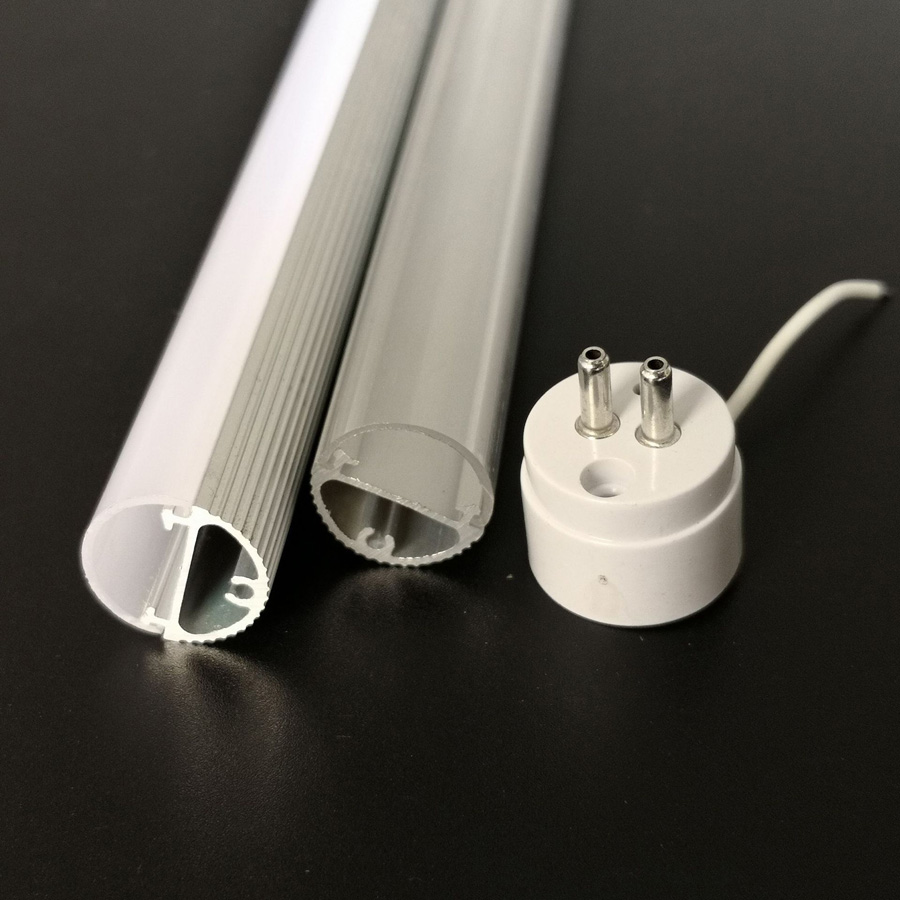Illuminating Insights: The Impact of Plastic Housing Design on LED T5 Tube Performance and Durability
2023-12-08
Introduction:
In the realm of lighting technology, LED T5 tubes have become synonymous with energy efficiency, longevity, and versatile applications. While the LED components play a pivotal role in the performance of these tubes, an often underestimated aspect is the design of the plastic housing that encapsulates these illuminating wonders. In this blog, we'll delve into the intricacies of how the design of the plastic housing significantly influences the overall performance and durability of LED T5 tubes.
1. Material Matters:
The choice of plastic material for the housing is crucial. Polycarbonate and acrylic are commonly used due to their durability, impact resistance, and light-transmitting properties. The selection of the right material ensures not only robust protection for the internal components but also optimal light diffusion for uniform illumination.
2. Heat Dissipation:
LED T5 tubes generate heat during operation, and efficient heat dissipation is vital for maintaining performance and extending the lifespan of the LEDs. The design of the plastic housing must facilitate proper ventilation and heat dispersion to prevent overheating, which can lead to decreased efficiency and a shortened lifespan.
3. Optical Design for Light Distribution:
The geometry and structure of the plastic housing impact light distribution. Well-designed housings can enhance the uniformity of light output, reducing glare and shadowing. This is particularly crucial in applications where consistent and even lighting is essential, such as in office spaces and retail environments.
4. Impact on Energy Efficiency:
An aerodynamically sound plastic housing design can minimize light loss through reflection and refraction, thereby maximizing energy efficiency. This ensures that a higher percentage of the generated light actually reaches its intended target, contributing to the overall effectiveness of the LED T5 tube.
5. Protection from External Factors:
The plastic housing serves as a protective shield, safeguarding the internal components from external factors such as moisture, dust, and contaminants. A well-designed housing with a high Ingress Protection (IP) rating ensures that the LED T5 tube can thrive in various environments, from damp industrial settings to clean office spaces.
6. Ease of Installation and Maintenance:
Thoughtful housing design simplifies the installation process and facilitates maintenance. Features such as snap-fit mechanisms, user-friendly connectors, and lightweight materials can contribute to hassle-free installation and quicker replacements when necessary.
Conclusion:
In the world of LED T5 tubes, the plastic housing is not merely a protective shell; it's a critical component that influences performance, durability, and overall user experience. Manufacturers and consumers alike should recognize the profound impact that thoughtful housing design can have on the efficiency, longevity, and aesthetic integration of LED T5 tubes, paving the way for a brighter and more sustainable future in lighting technology.



